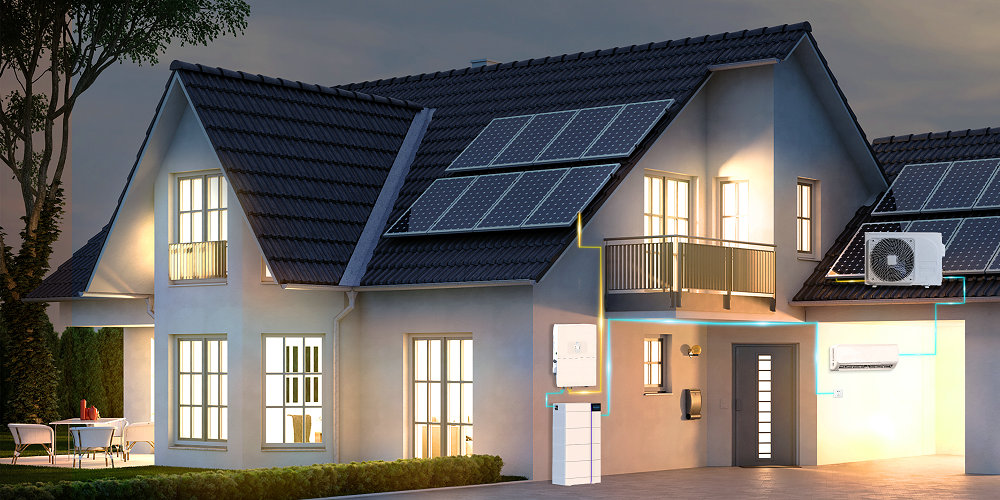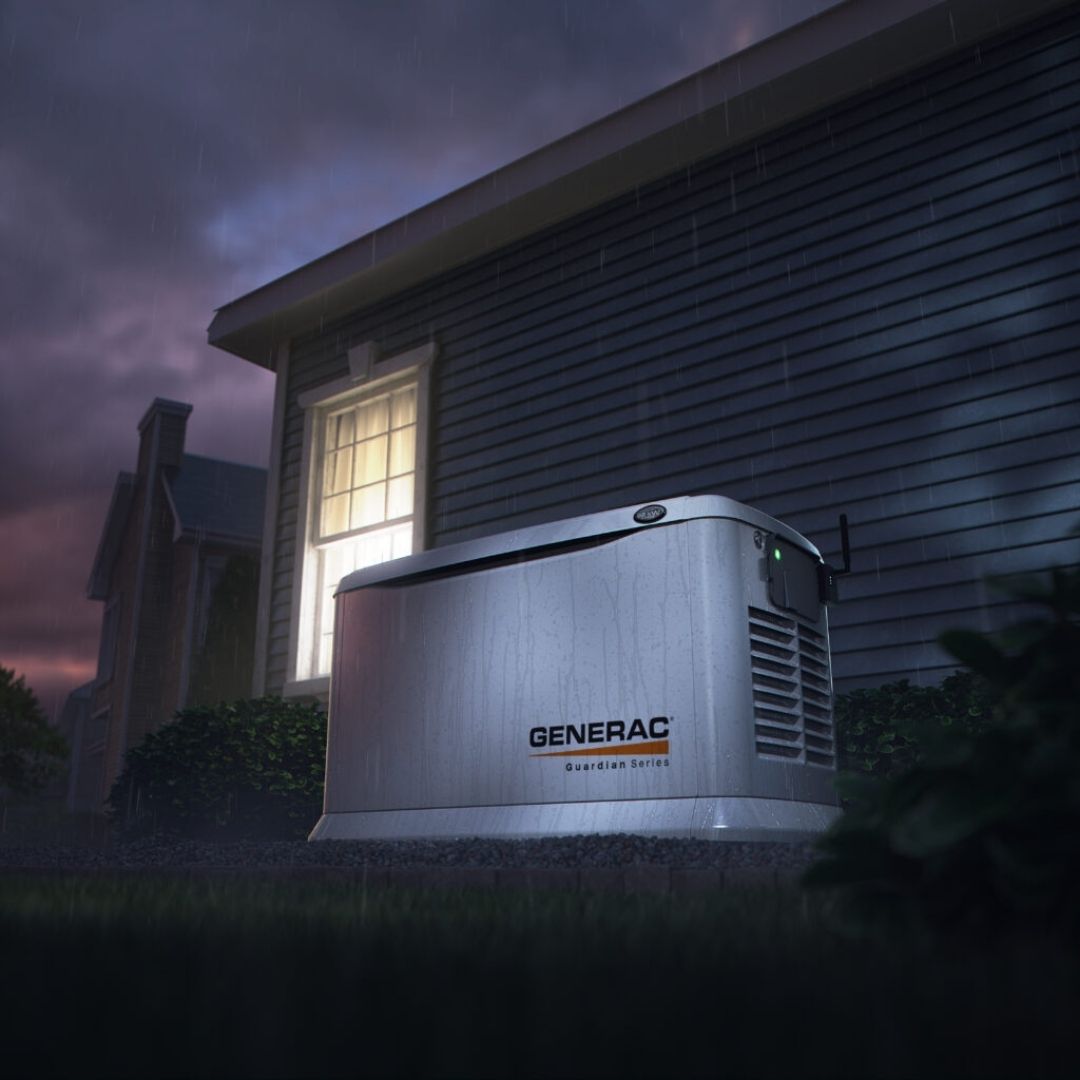Distributed Electricity Generation
The Future of Energy Independence?
Distributed electricity generation, also known as decentralized energy generation, is a process of generating electricity from multiple small-scale sources, rather than relying solely on large centralized power plants. This approach allows for a more efficient, resilient, and cost-effective energy system.
In this blog post, we will dive into the basics of distributed electricity generation, including the benefits, challenges, and future outlook.
What is Distributed Electricity Generation?
Distributed electricity generation refers to the production of electricity from various small-scale sources, including solar panels, wind turbines, geothermal systems, biomass, and micro-hydropower generators. These sources can be located close to the point of consumption, such as on rooftops, in parking lots, or in communities, rather than being located at a central power station.
This approach to energy generation differs from the traditional method, where large centralized power plants generate electricity and transmit it through transmission and distribution networks to consumers.
Benefits of Distributed Electricity Generation
Distributed electricity generation offers several benefits, including:
- Increased Resiliency: In a decentralized energy system, if one source of power fails, other sources can provide energy to the grid, reducing the risk of widespread blackouts.
- Cost-Effective: By generating electricity close to the point of consumption, the need for expensive transmission and distribution infrastructure is reduced, resulting in lower energy costs for consumers.
- Lower Carbon Emissions: By using renewable energy sources such as solar and wind, distributed electricity generation helps reduce greenhouse gas emissions, contributing to a cleaner environment.
- Greater Energy Security: A decentralized energy system is less vulnerable to terrorist attacks, as there is no single point of failure that could result in widespread blackouts.
Challenges of Distributed Electricity Generation
While there are many benefits to distributed electricity generation, there are also challenges that must be addressed. These challenges include:
- Integration: Distributed energy sources must be integrated into the existing grid, which can be complicated and expensive.
- Storage: Unlike traditional power plants, distributed energy sources can be intermittent, meaning that energy must be stored when it is generated and used when it is needed.
- Regulation: Distributed energy generation is a new concept, and regulations must be developed to ensure that it is safe, reliable, and effective.
- Maintenance: Unlike centralized power plants, distributed energy sources are often located in remote or hard-to-reach locations, making maintenance and repairs more challenging.
Future of Distributed Electricity Generation
Distributed electricity generation is becoming increasingly popular as renewable energy technology continues to improve and become more cost-effective. In the future, we can expect to see more homes, businesses, and communities generating their own electricity, reducing their reliance on traditional power plants and contributing to a cleaner, more sustainable energy system.
In conclusion, distributed electricity generation offers many benefits, including increased resiliency, cost-effectiveness, lower carbon emissions, and greater energy security. While there are challenges that must be addressed, the future of distributed energy generation looks bright as technology continues to improve and become more accessible.
Recent Posts

Can I get paid to have Solar Panels in Ottawa?

How much do Electricians cost in Ottawa?

Harnessing Solar Power in Ottawa: A Comprehensive Guide to Solar Panels for Homeowners

Generac Generators: Powering Peace of Mind in Ottawa
